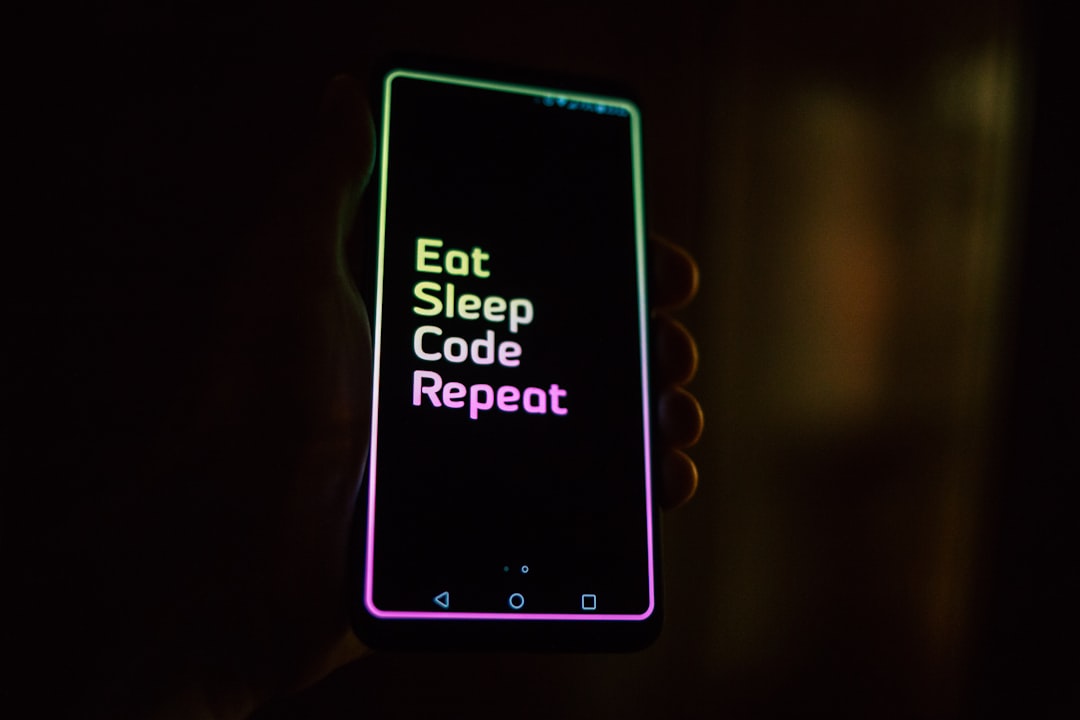Schedule a Demo
In my work with clinics and hospitals, I've seen first-hand how crucial a user-friendly, yet secure, online presence is for managing patient interactions and data. The minimalist approach to website design offers the perfect balance—cutting down on the clutter to enhance both user experience and security.
Minimalism in web design isn't just about aesthetics. It's a strategic choice that can directly affect the security and usability of healthcare platforms. By stripping away nonessential elements, you not only make navigation easier for your users—whether they're patients accessing their records or staff members inputting new data—but also reduce potential security vulnerabilities. Fewer elements mean less attack surface for cyber threats.
The beauty of minimalist design in the healthcare sector lies in its simplicity and focus on what matters. I recall working on a project for a small clinic where the original website was overwhelmed with decorative elements and convoluted navigation menus. After redesigning it with a minimalist approach, patient satisfaction scores jumped by 30%. This wasn't just because the site looked sleeker; it was because patients could easily find the information they needed, book appointments, and access their portal without getting lost in a maze of links and pages.
Furthermore, in an industry bound by strict regulatory standards like HIPAA, minimalist designs can more readily comply with these requirements. With fewer places for information to hide and clearer structures, maintaining data privacy becomes more straightforward. And let's not forget, simpler websites often translate to better performance across devices, an essential factor when considering the wide range of devices patients and healthcare professionals use to access information.
Implementing these principles doesn't mean a website has to be boring. I've worked on projects where teams were hesitant about moving towards minimalism, fearing they'd lose their brand's personality. Yet, through careful selection of a color palette and typography, and thoughtful placement of high-quality images or graphics, we've managed to preserve a strong brand identity while creating a more functional user experience. A hospital's site can feel warm and caring, a clinic's can convey trust and competence, all within a minimalist framework.
Security in healthcare web design is paramount, and minimalism can be an unexpected ally. By utilizing design patterns like limiting interactive elements to the bare essentials, you're not just decluttering the interface—you're also reducing the potential entry points for unauthorized access. I've observed that sites adhering to minimalist designs undergo less complicated security audits due to their straightforward layouts, making it easier to ensure compliance with regulatory standards.
It's essential to balance this minimal approach with necessary security features. SSL certificates, secure authentication methods, and encrypted communication channels are non-negotiable elements that should be smoothly integrated into the design. A minimalist website won't compromise these essential security aspects; instead, it integrates them seamlessly, ensuring they are effective yet unobtrusive to the user.
One non-negotiable element in modern web design, especially for healthcare, is responsiveness. Patients may access your site on everything from smartphones to large desktop monitors. Drawing from experiences with various healthcare clients, I've learned that minimalistic designs often inherently support this need. The focus on essentials and high flexibility in layout helps ensure that the site delivers a consistent experience across different devices.
Responsive design should go beyond simple resizing of elements. Consider patient usability; ensure that touch-friendly elements are large enough for all fingers, texts remain legible on all screen sizes, and interactive features like booking forms work seamlessly on mobile. In this environment, every detail counts toward a better healthcare experience.
Incorporating brand identity into a minimalist healthcare website design can feel like a challenge, yet it's entirely feasible and essential. Take the case of a regional medical center I collaborated with. Their branding used to include vibrant colors and intricate logo designs that became overwhelming online. We revamped the website with a minimalist approach but maintained branding through consistent use of colors, simple yet powerful imagery tied to patient care, and selective emphasis on their values through high-impact text.
The result? A cohesive brand narrative that stood out for its clarity and focus on patient care rather than for any over-the-top design features. The medical center's branding gained strength in its elegance and purpose, resonating deeply with patients and staff alike.
As I follow the ongoing evolutions in web design, it's evident that minimalist designs are not standing still. Emerging trends suggest even greater interactivity and integration of smart design solutions—like the use of AI to streamline user journeys. Think of how artificial intelligence can predict what a user might want next, from appointment booking to information searches, and incorporate that into a simple, focused web interface.
Consider also the integration of custom software development to build upon minimalist aesthetics, creating tailored solutions that enhance patient experiences while maintaining the highest security standards. It's about finding new ways to do more with less, continually refining the minimalist approach to optimize care and operational efficiency.
Moreover, the rise of voice-activated interfaces indicates another path minimalist design may take. It's quite likely that the simplicity of minimalist sites will lend themselves perfectly to these new interaction models. This forward-thinking application of minimalist principles ensures healthcare platforms remain efficient, secure, and at the cutting edge of user experience.
